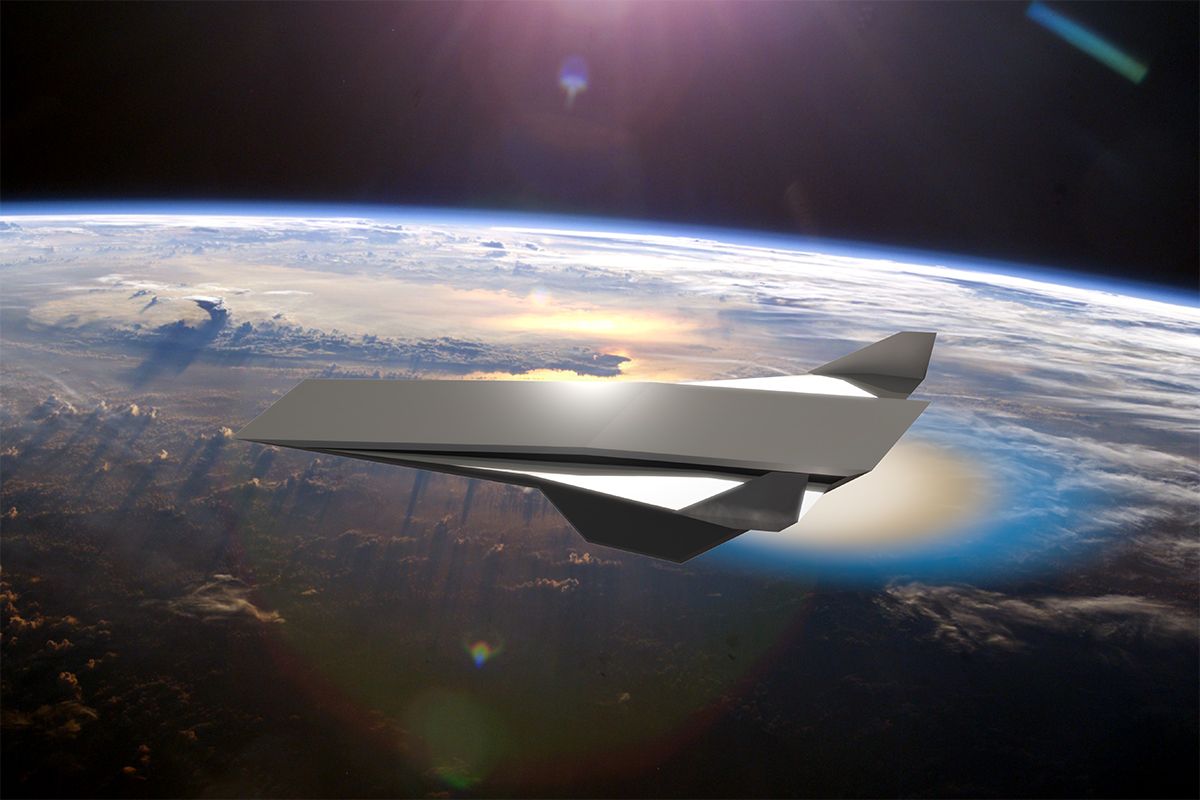Ever felt the need to get somewhere really, really quickly? Would Mach 17 work? That’s the speed a new prototype engine from researchers at the University of Central Florida (UCF) could potentially hurl an aircraft through the skies, making a trip from New York to Los Angeles in under half an hour. At the heart of this new technology is a new propulsion technology that stabilizes detonations and then uses their shockwaves to provide hypersonic propulsion to an aircraft.
Explosions are nothing new in propulsion systems. Internal combustion engines (ICEs) have used them to move pistons for over 150 years. ICEs use a type of combustion process called “deflagration”. This process is akin to the fire you would see in a fireplace. They are relatively slow and easy to control, and have been widely adopted for a variety of processes from gunpowder to a gas stoves.
On the other hand, a detonation is a much more violent form of combustion process. Detonations propagate supersonically, and can destroy the fuel used to power it extraordinarily quickly. They are also much harder to control and much more dangerous than typical deflagration reactions.
There are benefits to using such a powerful reaction to provide thrust. A rotating detonation engine, where the detonations travel around in an annular pattern continuously, has been the object of study for close to half a century. Various teams have worked on it, including Dr. Ahmed’s team at UCF. Last year some of the team members announced the successful test of an engine using this concept. In their experiment they carefully controlled the rate at which the fuel was introduced into the engine.

Credit: UCF / Rosato et al.
In a rotating detonation engine, the detonations have to play off of one another, with each pushing the exhaust a little bit faster until it reaches hypersonic speeds. This requires precise placement of each detonation, and typically resulted in relatively short test runs that lasted only a few milliseconds, making it impractical to use in a commercial system.
Now, they have taken that research another step forward. The UCF researchers have achieved something called an “oblique detonation wave”. This novel type of detonation is stationary, and is stable for at least a few seconds. That makes them much more practical for use in a real system, and solves many issues of the rotating detonation engine they had developed previously.

Credit: UCF / Rosato et al.
The engine is still a long way from use in a commercial system. But if it was further developed, it could save a significant amount on fuel costs, with some estimates putting the savings at up to 25%. It could also be used to power much faster planes and rockets than are currently available – just don’t expect to have them in your car any time soon. Supersonic cars don’t seem likely to get the blessing of any regulatory authority worth its salt.
Learn More:
UCF – Flying at Speeds up to Mach 17 Could Become Reality with UCF’s Developing Propulsion System
PNAS – Stabilized detonation for hypersonic propulsion
New Atlas – World first: Oblique wave detonation engine may unlock Mach 17 aircraft
Fanatical Futurist – Worlds first oblique detention engine could unlock Mach 17 aircraft
UT – How Fast is Mach One?
Lead Image:
Artist’s concept of a supersonic spacecraft using a oblique detonation wave engine.
Credit: NASA / Daniel Rosato / UCF

